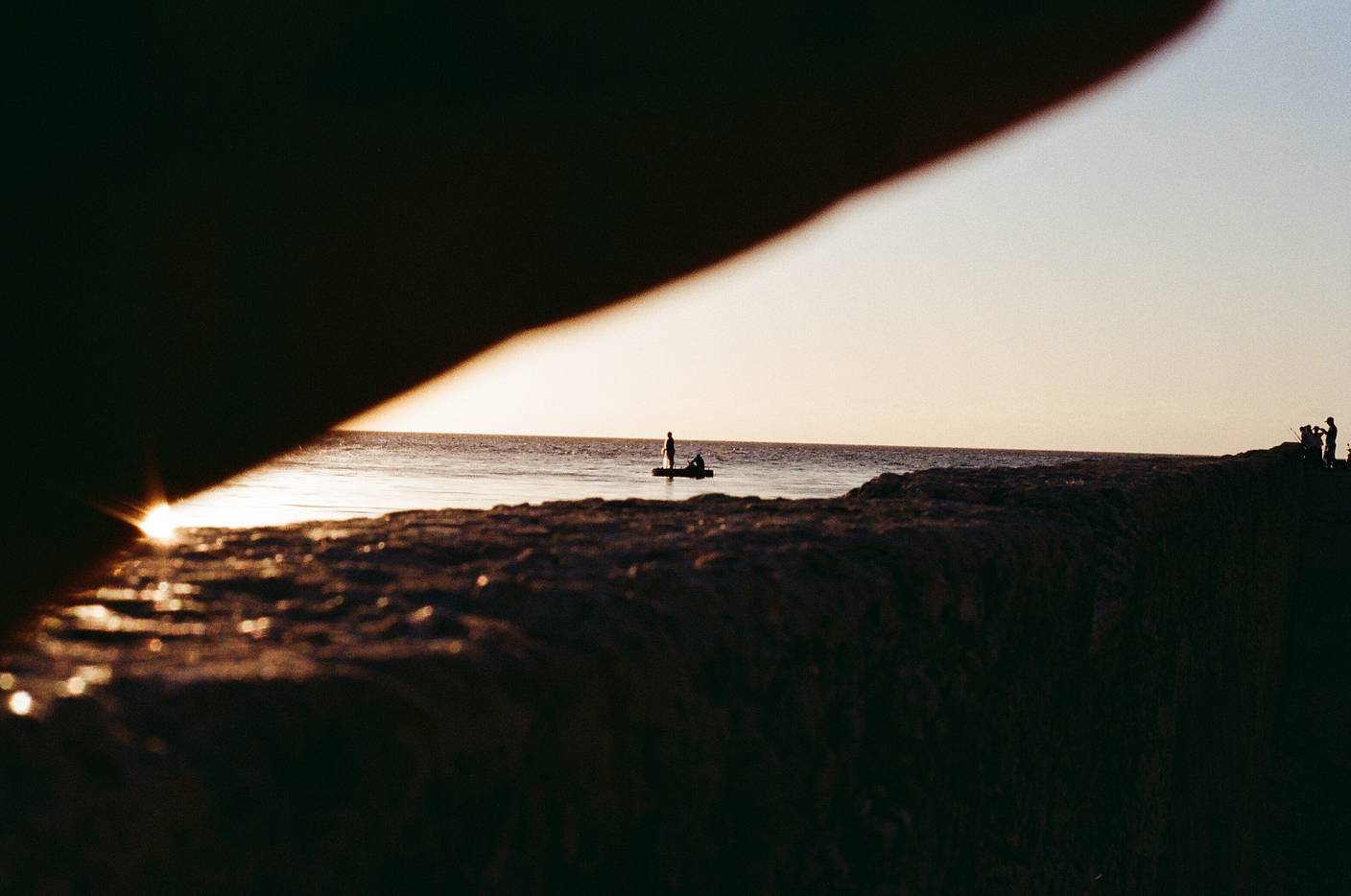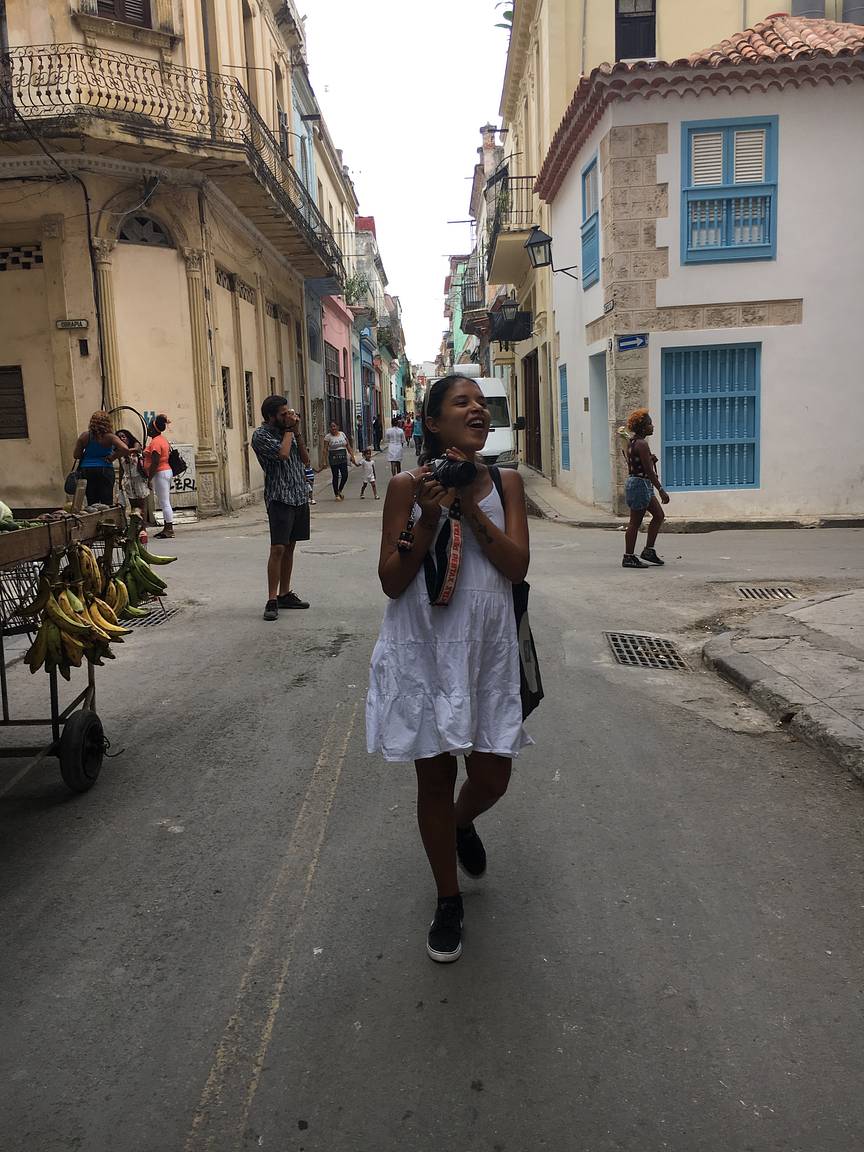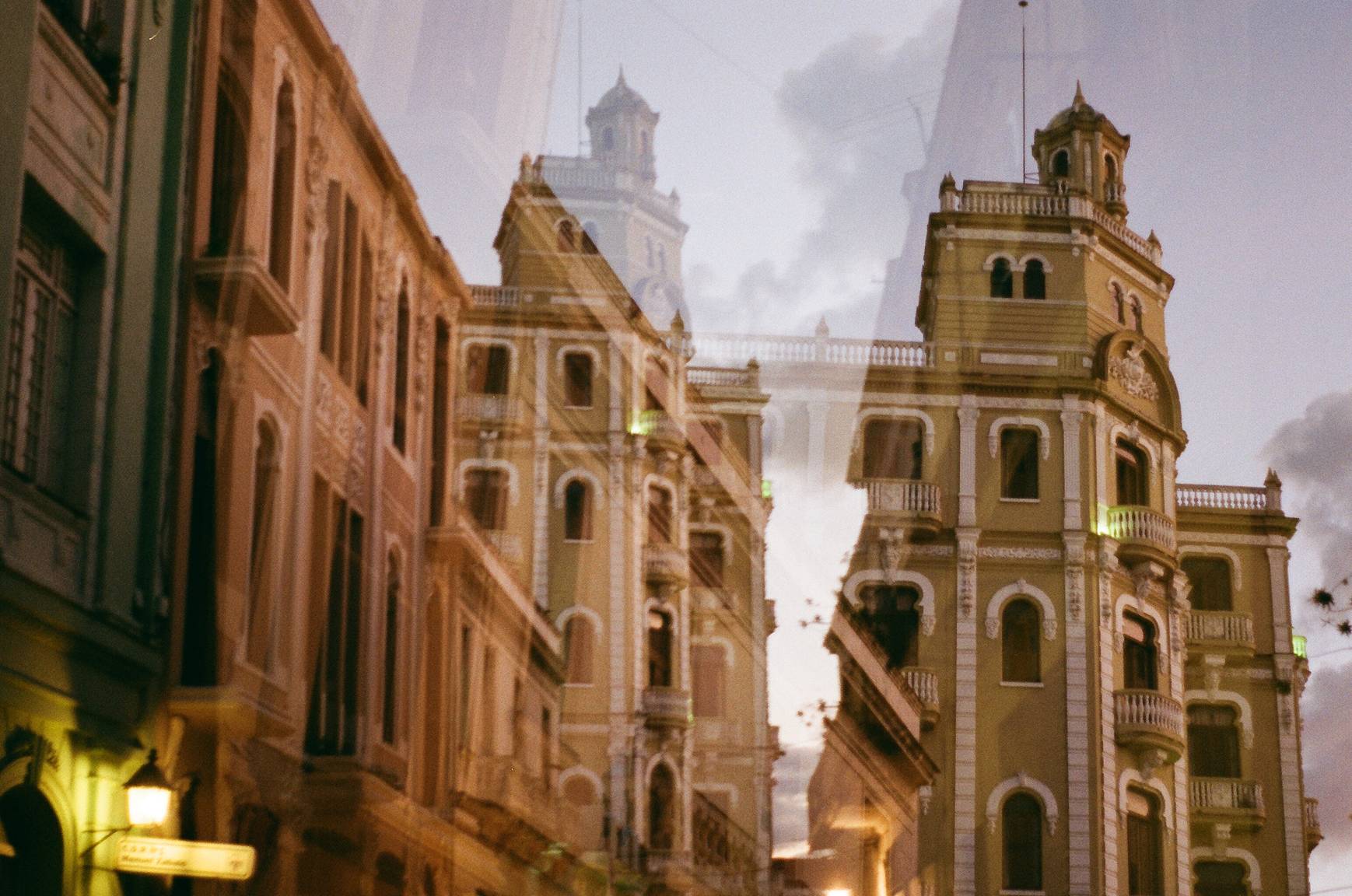Sharing the Gift of Film — an Interview with Nikki Cardona of Cuba Analógica
2 15 Share TweetThe story of Cuba Analógica started in 2018 with the dreams and aspirations of its founder Nikki Cardona. There was just one goal — to bring the world of film photography to the youth of Cuba. While it may sound simple, there's a lot more to it than just bringing a bunch of cameras and films to a foreign country. It's a big step and nothing is ever really simple as it seems. Join us in this interview as we get to learn more about the project's humble beginnings and huge dreams that started with the drive of one person. Way to go, Nikki!

How have the students under Cuba Analógica embraced film photography?
Cuba Analógica (CA) students have embraced film photography to a new level. Although many of them have experience with digital, they had no idea how to handle a film camera: this was a whole new and exciting world to them. They have become more aware of the subjects they were shooting and how they were shooting them. They are very meticulous about calculating the lighting and exposure for every frame, trying not to let any negative go to waste. The number one reaction I would get after each shot was “Oh! I can’t wait to see how that photo turns out; it’s going to be so good!” I realized the photos they were taking were becoming a part of them and their new process as photographers. Witnessing their reactions after developing and scanning their photographs is an indescribable moment.
What inspired you to start this project?
Back in the summer of 2018, I took my second trip to Cuba to get away from New York’s hustle and bustle. When my Olympus OM-10 broke, I asked my Cuban friend and photographer, Renata Crespo, if she had an analogue camera I could borrow or if there was a repair shop where I could get it fixed. She told me that film photography was close to non-existent in Cuba, and there was no store or place where I could fix/get one. It hurt me to hear her say that she “wished” she could learn how to shoot with a film camera. The sadness I felt after that conversation inspired me: I knew I had to do something for her to experience the joy that I get when shooting on film.
Why choose film as your medium and process?
To me, the essence of film has always been pure and unique within photography. Nowadays anyone can grab a digital camera or use their cell phone cameras to photograph but not necessarily know exactly how to correctly expose a photo or why a good photo comes out the way it does. I believe that a photograph — specifically a film photograph — stays imprinted in your memory, and has more of an impact when captured versus taking multiple shots of the same subject with digital and not valuing the shot and its subject.
I have always said, “It’s like driving a car; anyone can drive an automatic car but when given a manual car, they’re stuck and wouldn’t be able to drive it but if you learn manual you will be able to drive both kinds of cars without an issue.” The same goes for photography. It’s easy to shoot with a digital camera to the point where you’re unconsciously trained to think “I can just edit this later,” if you are not satisfied with the initial image. With analogue, on the other hand, one must really be familiar with all the technical aspects of photography because every shot is accounted for and cannot be easily modified.
What were the challenges you faced when you began the project? How did you overcome them?
Trying to bring this program to life was definitely one of the biggest challenges I’ve faced in my career. Film photography is a very expensive medium of art. Coming up with the funding for the cameras, rolls of film, batteries — basically anything and everything needed to teach a film photography course was difficult, but thankfully not impossible. I threw a rave for my 25th birthday and used that as an excuse to bring all my friends together to raise money for the program. I was very lucky to have some local Brooklyn DJs and friends volunteer for the bill. That was the first step in raising money for CA. I also put forward all the proceeds of my first ever photo-poetry book “In Between Us” into the funding of CA.
While putting the pieces together for the first phase of the program, I pretended as if there was nothing related to film photography on the island. Before I arrived, I had no idea if I would have access to any darkrooms or C41 equipment. Therefore, I had to come up with a system for getting these rolls of color film developed. I invited friends to come visit me in Havana while I was teaching the course and asked them to leave on certain dates so they could take the rolls of film back to be developed, scanned, and emailed to me. In return, I would offer them a place to stay, and a good time in Havana.
What’s your favorite thing about the project? How was the experience starting an analog movement in Cuba all by yourself? Any unforgettable moments? Please share them with our readers.
There are so many things about this project that make all the hard work and time I’ve put into it worthwhile. From the look on the students’ faces when they first hold the cameras and learn how to load their first roll of film, to their curiosity and eagerness to learn to take the perfect photograph. My absolute favorite part is definitely their reactions when they get to see their first roll of film developed. The happiness and excitement they express are beyond description but it’s the most heartwarming and satisfying moment to witness.
Trying to keep an analogue movement alive in Cuba is difficult, especially having been alone in the beginning. Everything from raising the money, to buying equipment to translating the curriculum to Spanish, to teaching the classes, I did all those things by myself. It was exhausting at first but having the students and friends back at home believe so much in what I was doing kept me motivated to keep working hard on it.
What are the next steps for Cuba Analógica?
As of now, we are working hard into finding funding for a space in Havana where the program can move on its own without my physical presence, and where we can work more hands-on with B&W processing.
Where do you see this going in the near future?
There are so many plans for Cuba Analógica at the moment. I see the program expanding to great levels in Cuba, not only working out of Havana but in other parts of the island as well. One of my main goals with the program is being able to expose my students’ work and creative eye to the rest of the world. I am hoping that, through the program, they will reach exhibitions across the world, which will give them the opportunity to experience life outside of Cuba.
How can people donate to your cause?
We’re still a very young program and we’re waiting for our non-profit status to be approved, therefore donations are accepted through PayPal (email for info), Venmo (@ncovrt), or Cashapp ($ncovrt). Keep in mind that if you donate, please refrain from using any Cuban related terms, a simple CA Donation in the caption would suffice.
Also, if you would like to consistently help the program, you can become a patron of Cuba Analógica at Patreon. If you want to see more of the students’ artwork, we are currently selling a limited amount of their photographs which can be found on our website. We accept all types of film, fully functioning 35 mm & 120 mm film cameras, RC photo paper of any size or anything that would be of use for a color or black & white film photography class. For donations, you can ship them to our home office in Brooklyn. Simply email us at info@cubaanalogica.com for the address.
We would like to thank Nikki for letting us feature their story in the Magazine. If you're interested in their work, you may visit their website and Instagram.
written by cheeo on 2020-01-31 #culture #news #people #places #cuba #cuba-analogica #nikki-cardona





















2 Comments